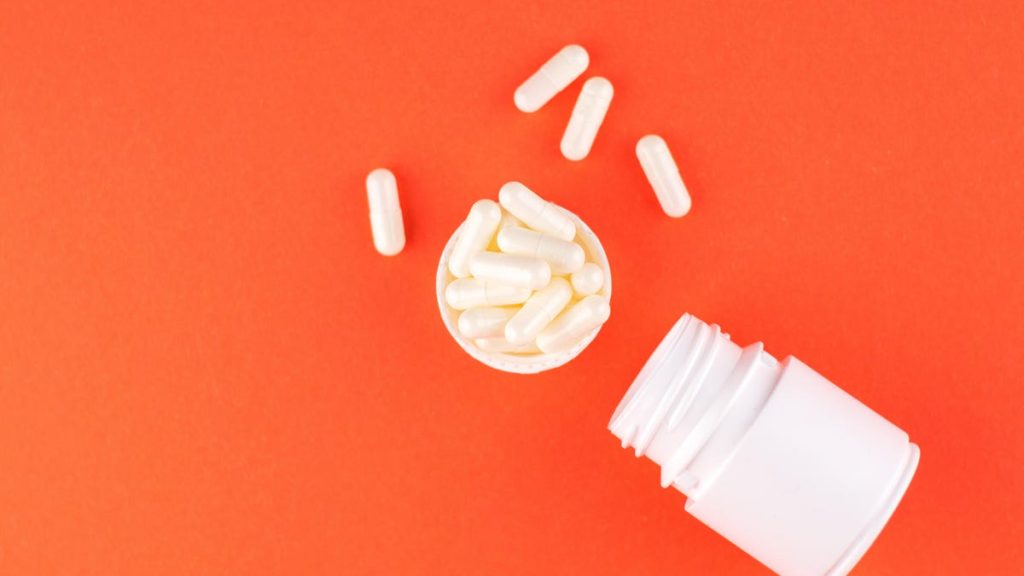The rising cost of prescription drugs in the United States is a significant concern for many, especially with the added pressure of potential tariffs on imported goods. The US heavily relies on other countries for pharmaceutical products and ingredients, particularly for generic drugs, and any increase in tariffs could directly translate into higher medication costs for consumers. This concern is amplified by existing drug shortages, a problem that could be exacerbated by tariffs according to the Association for Accessible Medicines. Against this backdrop, various initiatives and programs aim to alleviate the financial burden of prescription medications, offering consumers valuable resources for accessing affordable healthcare.
GoodRx stands as a prominent platform for finding discounts on various prescription drugs. While their general search function allows users to explore potential savings on any prescribed medication, a dedicated “30 under $30 heart health” section provides targeted discounts on commonly prescribed heart medications. This curated list includes generic versions of statins for managing high cholesterol, medications for hypertension (high blood pressure), angina (chest pain), and other conditions associated with heart disease. This focus on heart health is particularly relevant given that heart disease remains the leading cause of death in the US, underscoring the importance of affordable access to essential medications. To utilize the GoodRx discounts, users can locate their medication and preferred coupon through the platform, then present a printed, emailed, or texted copy of the coupon at their pharmacy to receive the discounted price.
Beyond GoodRx, other avenues exist for securing discounted prescriptions. Cost Plus Drugs, an online venture by tech entrepreneur Mark Cuban, offers a transparent and competitive pricing model for a range of popular medications. Users can search for their medication on the platform and, if available, follow the prescribed procedures to obtain their prescription at a reduced cost. Amazon, a major player in online retail, has also entered the pharmacy space, offering discounts on various medications, including insulin, through Amazon Pharmacy. The platform’s automated coupon application feature simplifies the process further, eliminating the need for users to actively seek out available discounts. Furthermore, Prime members can subscribe to RxPass for a flat monthly fee, granting them unlimited access to select medications without additional costs.
Walmart, another retail giant, provides a $4 generic drug program through its pharmacy network. This initiative offers select heart, blood pressure, and cholesterol medications for as low as $4 for a month’s supply, making it a viable option for those seeking affordable generic alternatives. The availability of these diverse discount programs empowers consumers to compare prices and choose the option that best aligns with their medication needs, preferred pharmacy, and insurance coverage. This proactive approach to medication pricing is essential for maximizing savings and ensuring access to vital medications without incurring excessive financial strain.
The optimal discount program for any individual depends on a combination of factors, including the specific medication required, the desired quantity, pharmacy preferences, and existing insurance coverage. However, given the array of available discount options, it’s highly recommended to compare prices and explore different programs before refilling prescriptions. This due diligence can lead to significant savings, especially for individuals managing chronic conditions requiring ongoing medication. In light of potential tariff increases and the existing challenges of drug shortages, leveraging these discount resources becomes even more crucial for maintaining affordable access to essential medications.
In a landscape where drug prices are subject to various external pressures, including potential tariffs and ongoing supply chain issues, the availability of discount programs like GoodRx, Cost Plus Drugs, Amazon Pharmacy, and Walmart’s generic drug program provides a crucial safety net for consumers. By proactively comparing prices and utilizing these resources, individuals can mitigate the impact of rising drug costs and ensure continued access to the medications they need to manage their health effectively. These programs empower patients to navigate the complexities of the pharmaceutical market, ultimately promoting better health outcomes through greater affordability and accessibility.

